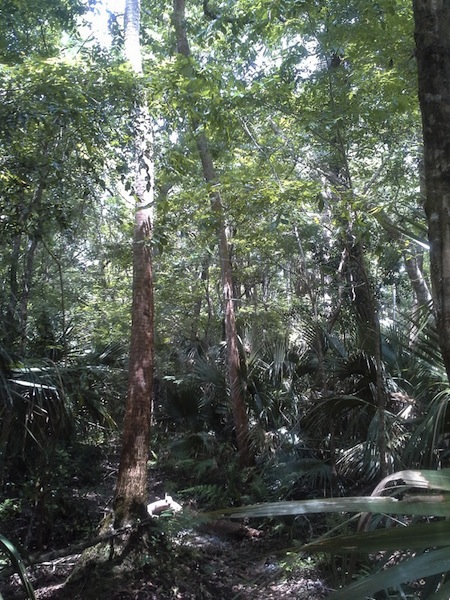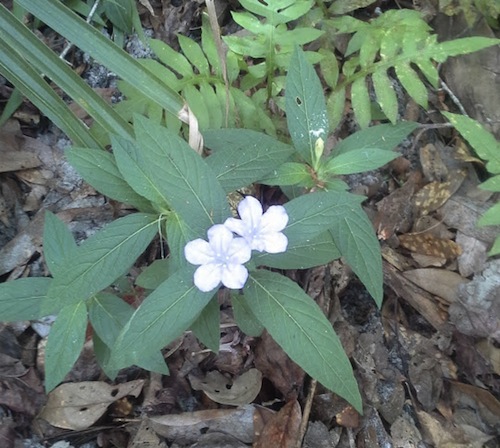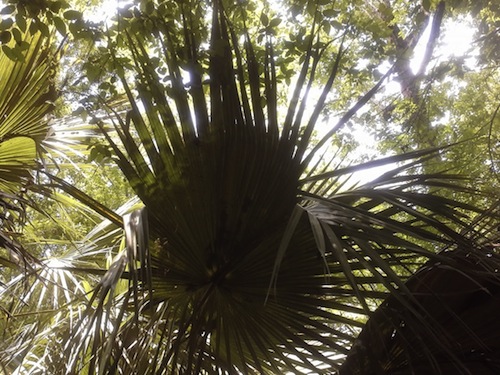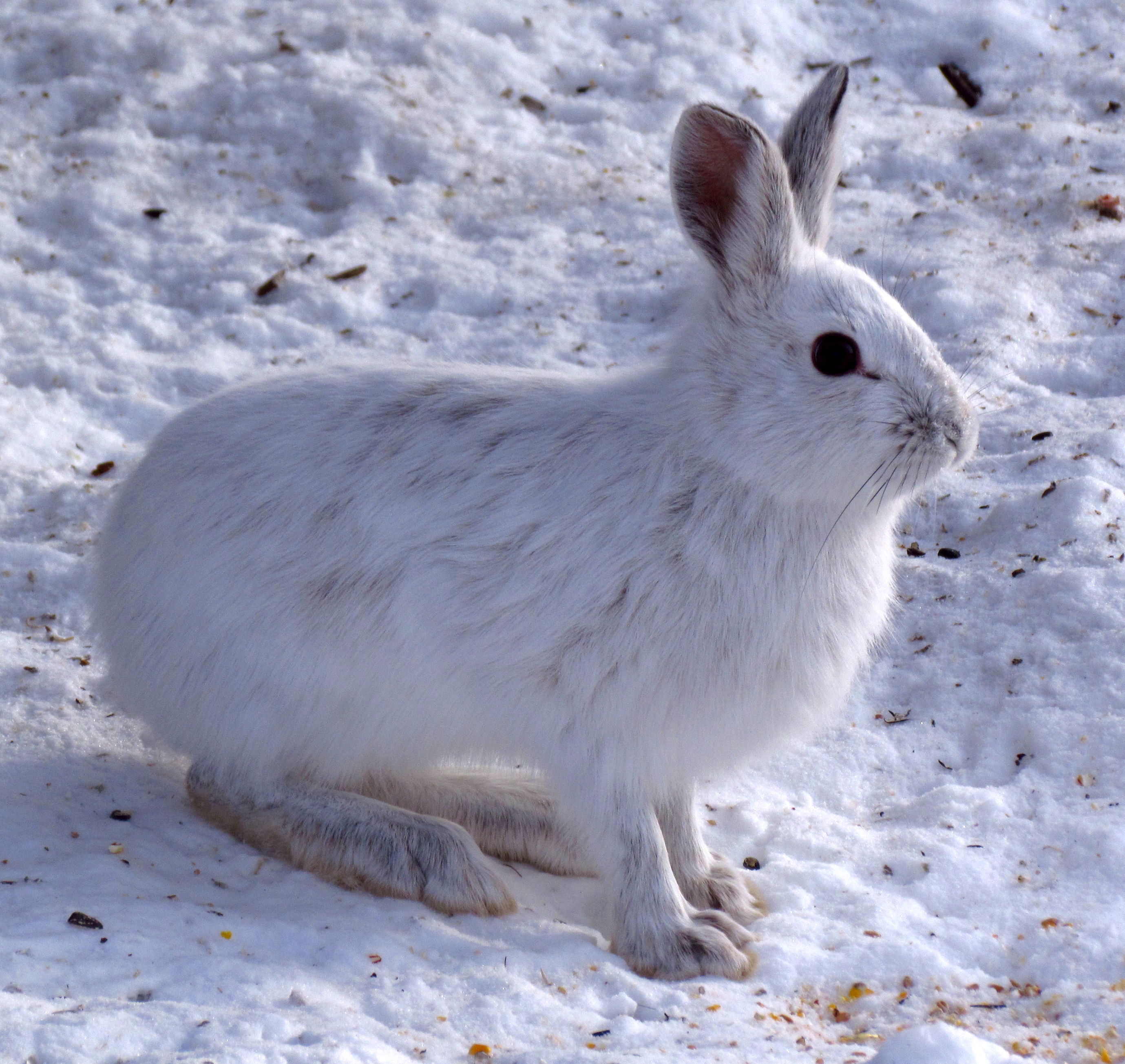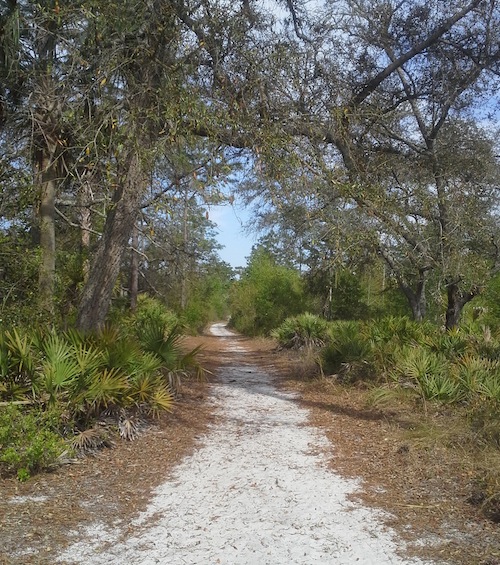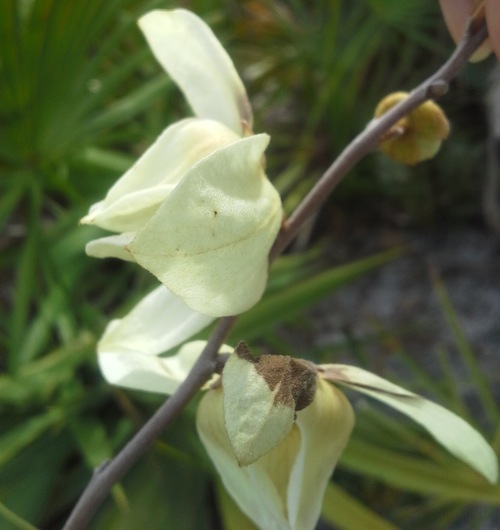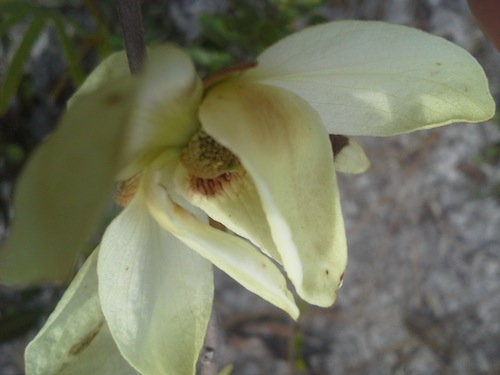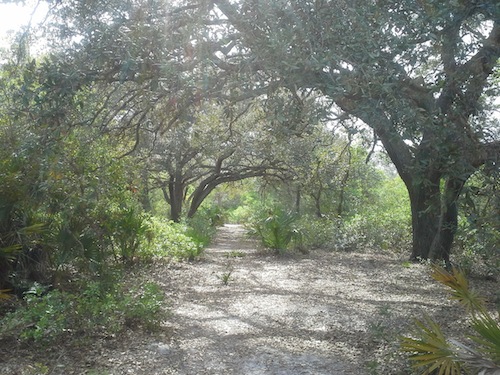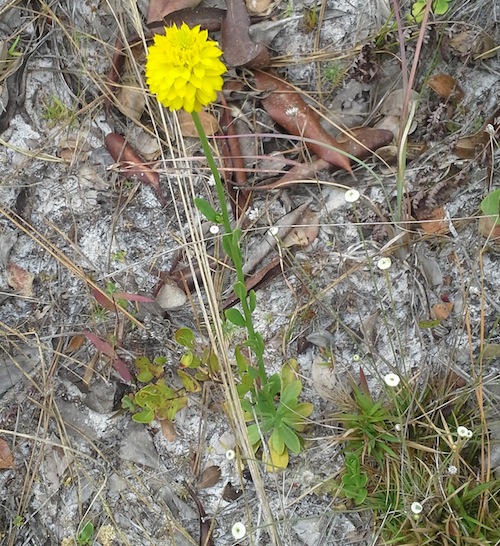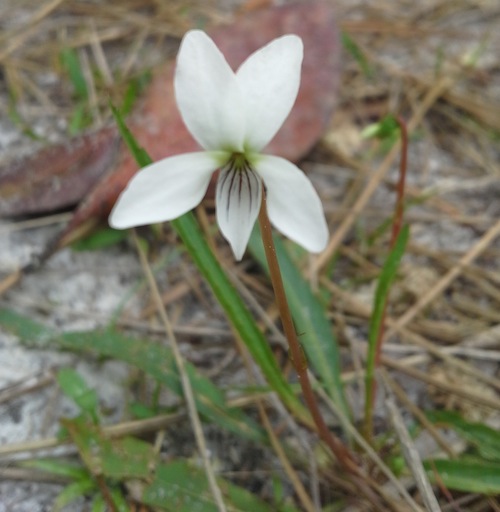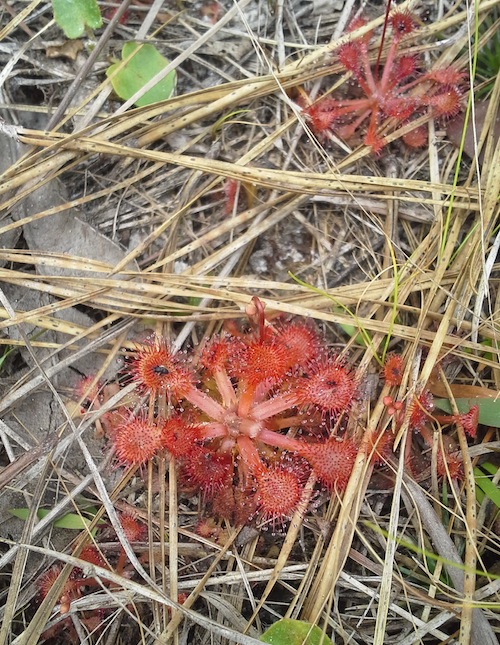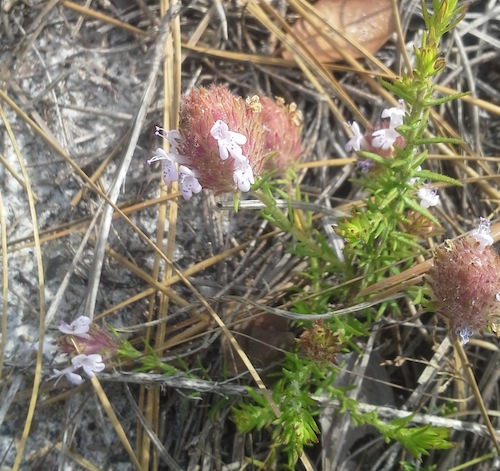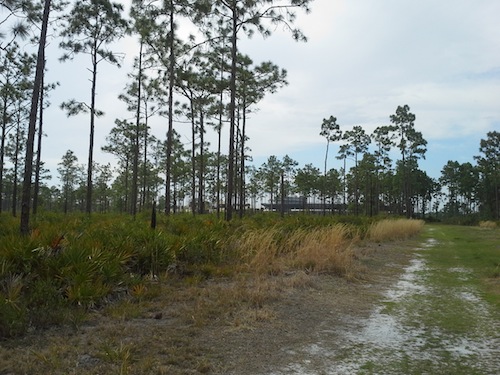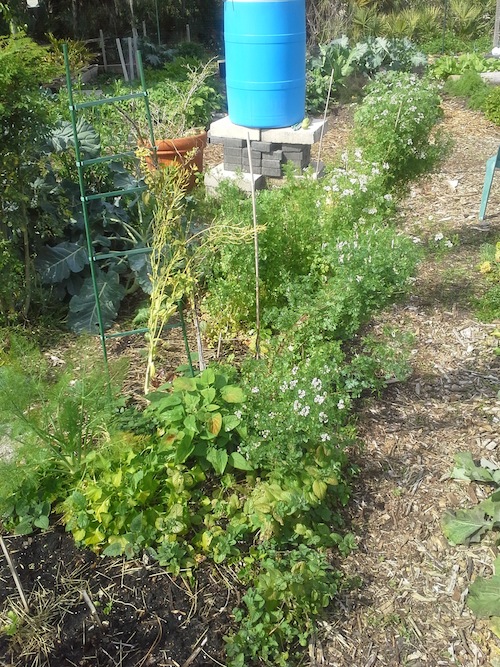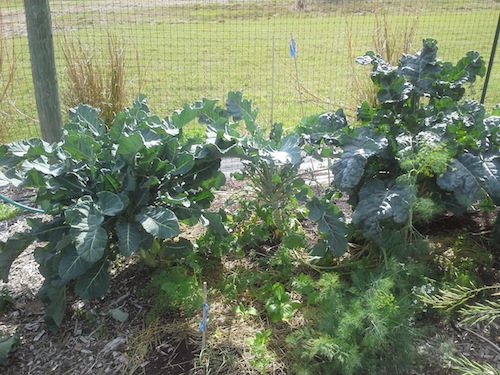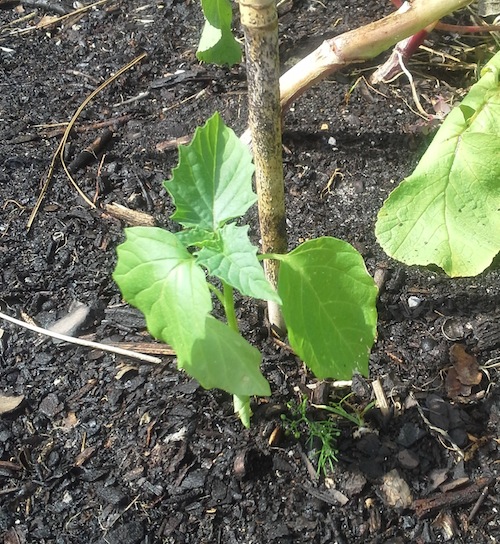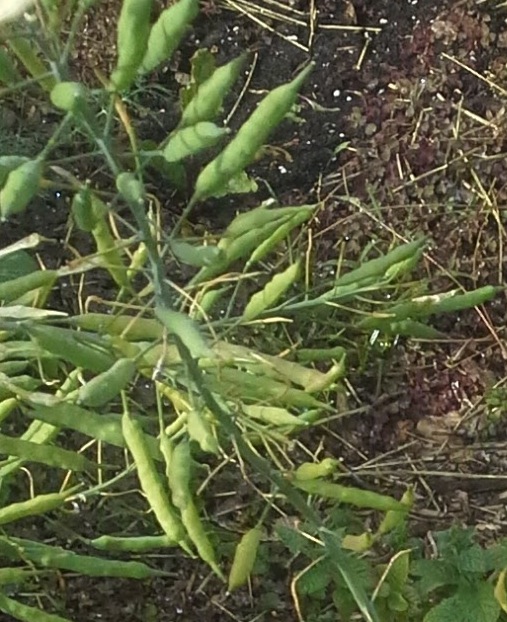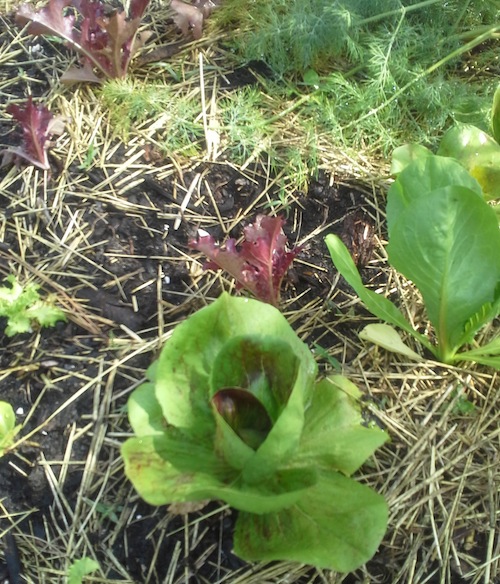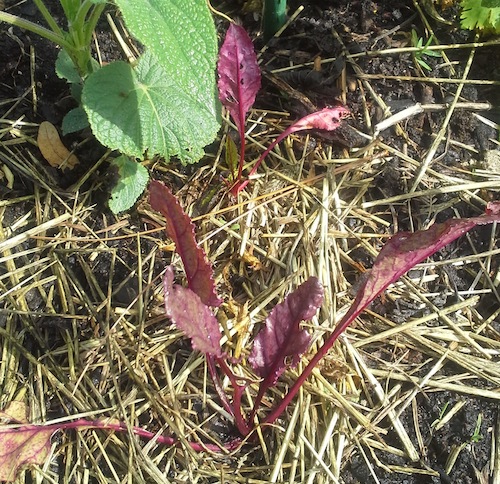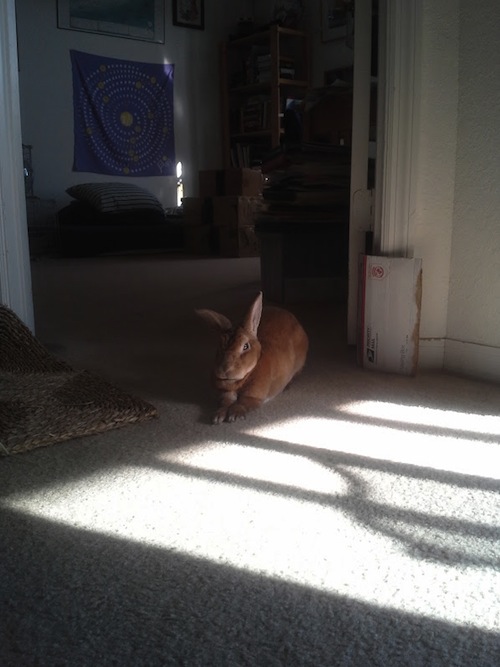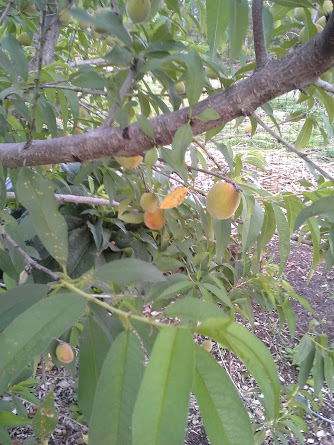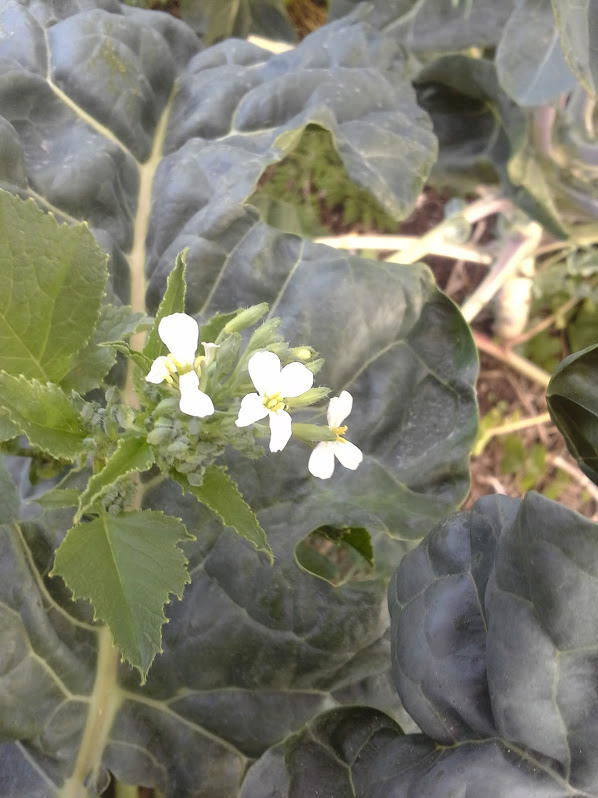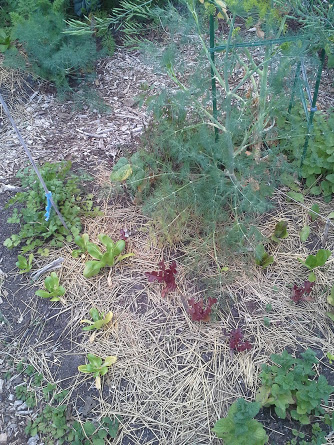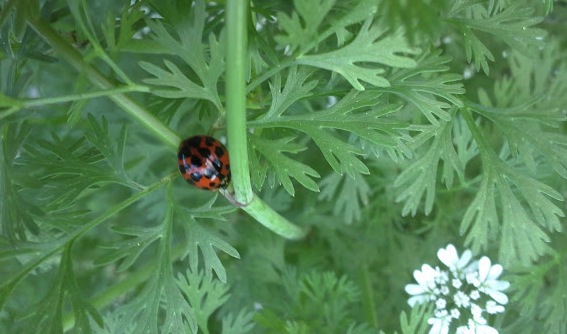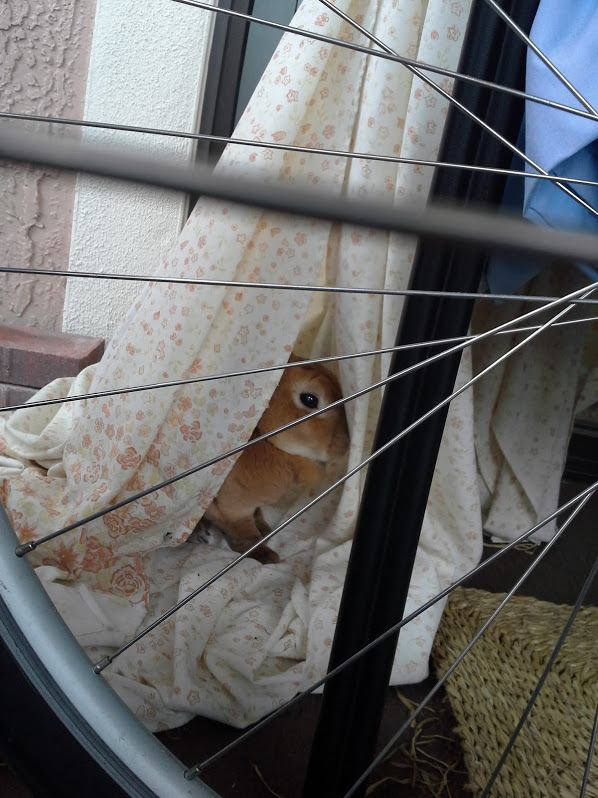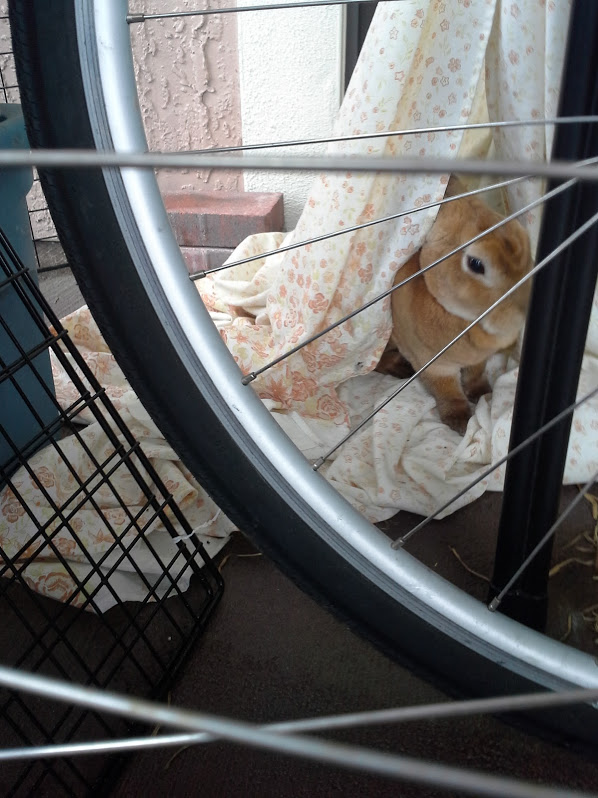We had a garden setback for a while- the sprinkler that was supposed to automatically water our plot was misaligned, so for several weeks it seems that our plants weren’t being watered at all. Unfortunately, we didn’t realize this until we made the connection between the excessively dry soil and the dying pak choi, radishes, and beets. We’d been watering them every few days and they were still doing poorly, and many of the seedlings died before we realized the problem. We generally go weed in the late afternoons, when it’s more humid out, so didn’t realize how dry it was really getting.
Now that the sprinkler issue has been fixed, our garden plot is getting plenty of water. There’s a noticeable difference with the plants- though many of the younger plants didn’t make it :(. I’m not planting anything new because I don’t know what the plans for the plot will be after May 1, when the community garden program ends, so we’ll pretty much be harvesting what’s there until that point.
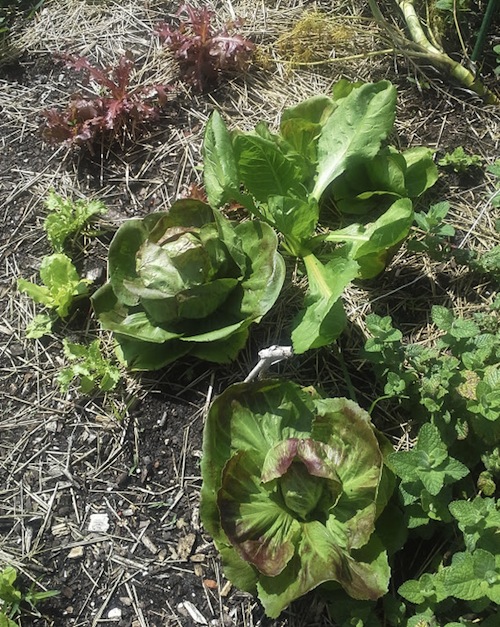
The lettuce and radicchio are doing pretty well- we harvested some of the radicchio leaves this weekend and had to make pesto out of them because they were incredibly bitter. Added to some Italian parsley and escarole, it was pretty good after cooking it slightly. We’re also still eating the last of the carrots, and cooking the radish & carrot leaves.
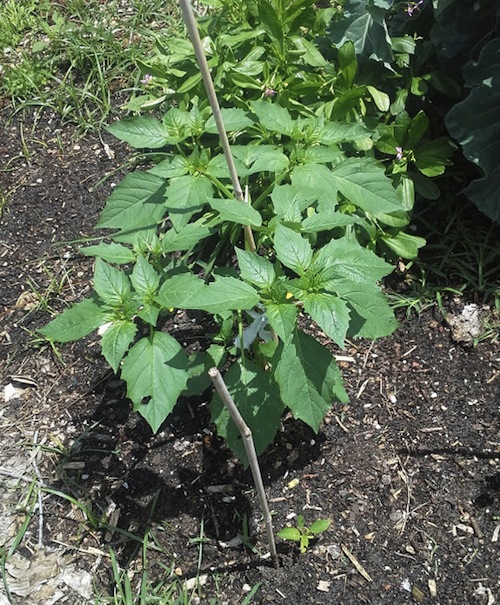
The latest thing we’ve eaten a lot of is our neighbors’ turnips- they have so much in their plot that they’ve basically given us free rein to harvest there. The escarole was theirs, as some green onions and Swiss chard have been. It’s nice to get a variety of different things.
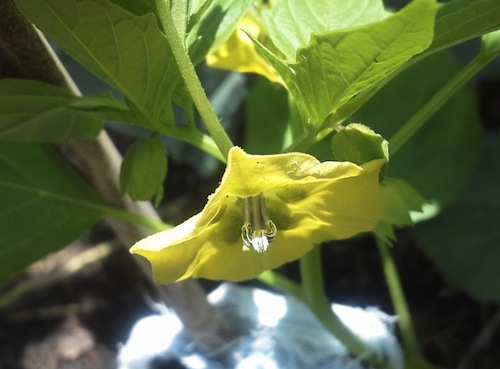
One of the things I want to do before the end of the month is gather some of the herbs to make simple syrups. I’ve done that with the mint, but it might be nice to do with the lavender and lemon verbena as well. It should be a tasty way to preserve some of the different flavors.
